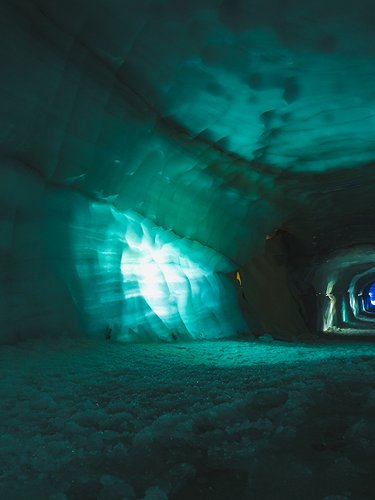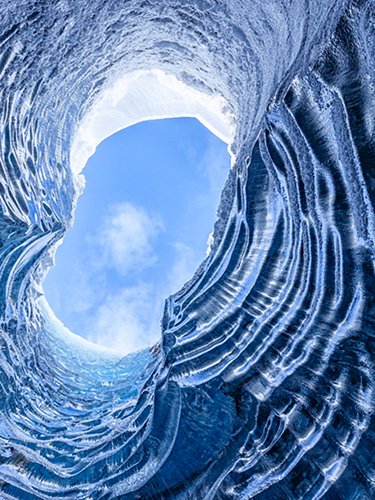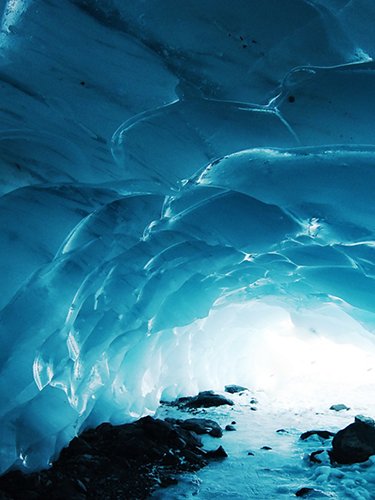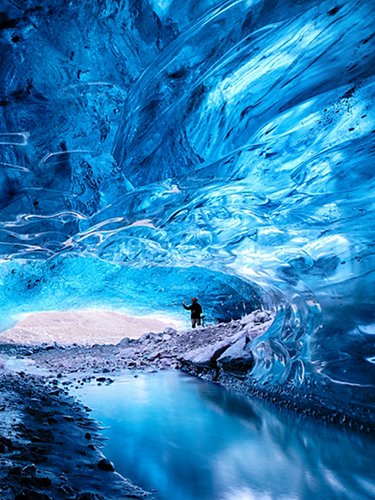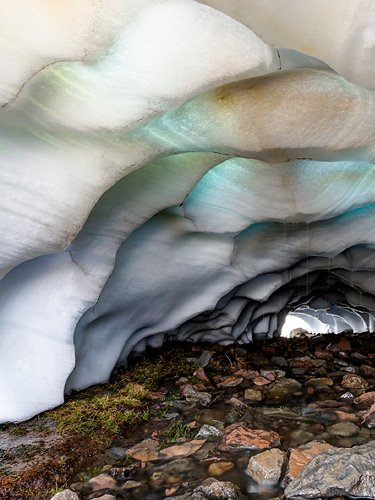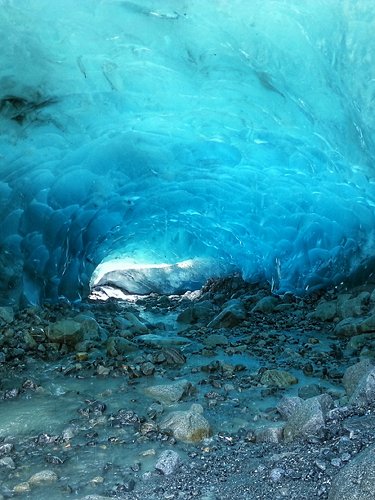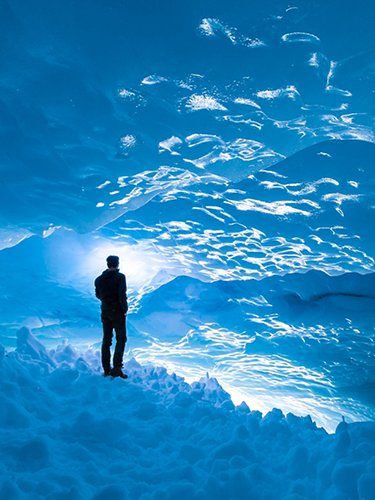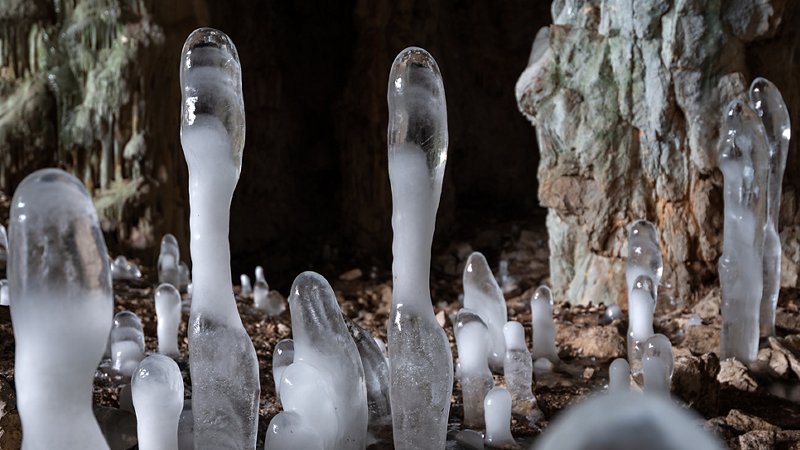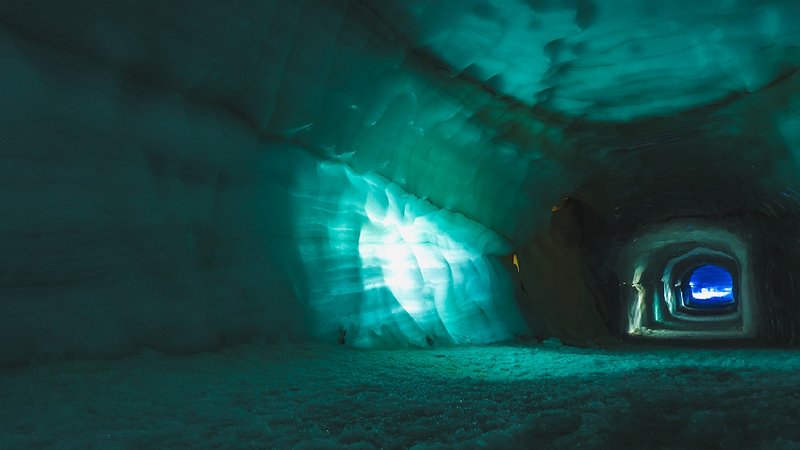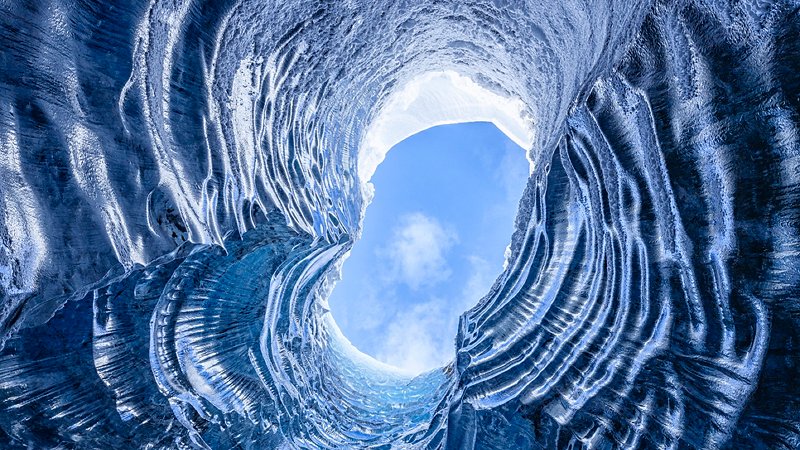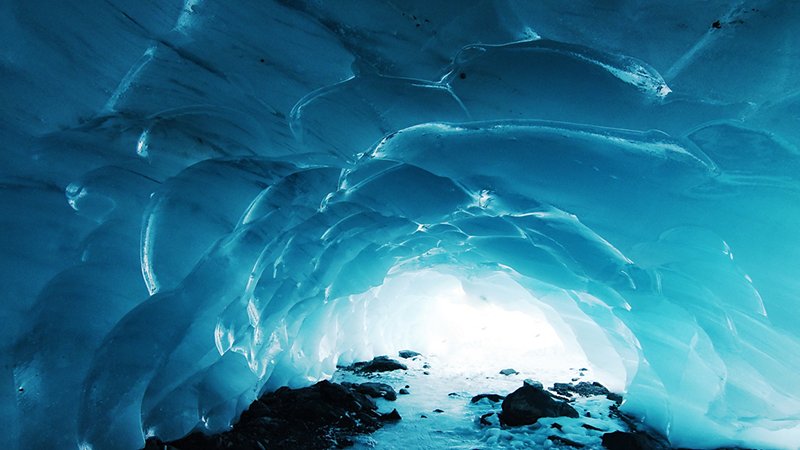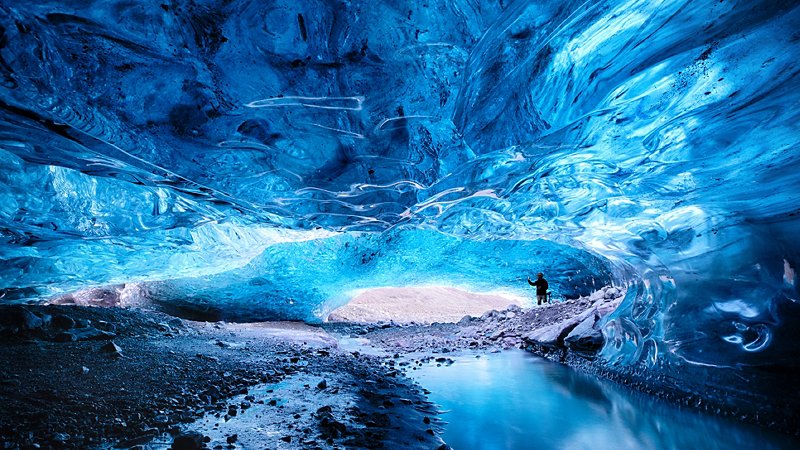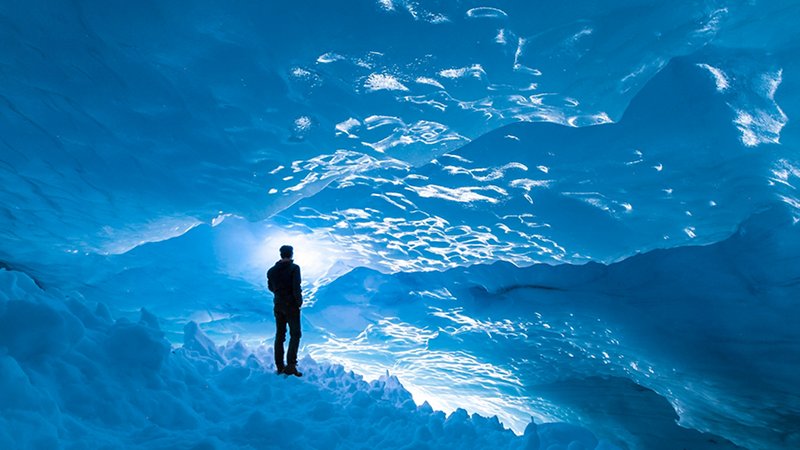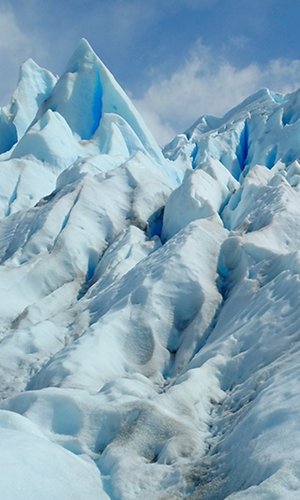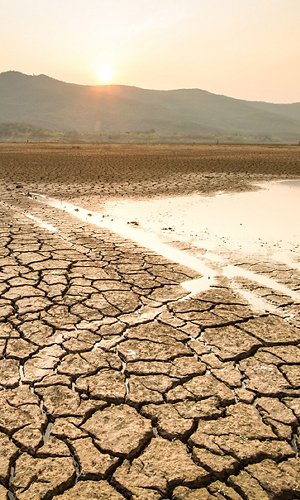Many Karst caves, dug into the rock, contain ice inside, in amounts that can be also considered abundant. These must not be confused with ice caves that are formed entirely within the glacier. Ice is impermeable and does not allow the water to seep in deep. However, glaciers are characterized by a number of fractures that run across the surface. Through these fractures surface water can filter in and flow within the glacier.
Liquid water is obviously warmer than the ice it comes into contact with, and determines its melting, creating a system of empty spaces, underground passages, shafts and galleries that are similar to the systems of caves in the rock. The difference is that caves in the rock are created by chemical processes, (dissolving limestone) while ice caves are formed due to a physical process (ice melting). The formation of ice caves is very rapid, and can be observed, one may say, in “real time”: the cavities form and change during the course of a few weeks or a few days and this offers the opportunity to understand analogous forms that developed, in much longer times, in the rocks.


